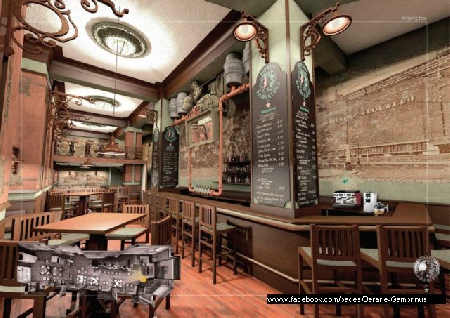Soft drinks in Romania
Soft drinks in Romania

Steliu Lambru, 14.09.2013, 12:00
Peoples and cultures have always been influencing each other in all the components of the material civilization and we’ve often been surprised by the presence of similar elements and customs in various cultures far away from each other. The influences one community has suffered are also visible in its nutrition habits. Dishes and beverages from all over the world have been found in the regions inhabited by the Romanians.
Whereas the Romanian cuisine is varied and diversified, the same cannot be said of traditional soft drinks, which are but a few. In this programme we’ll not be referring to water or fruit juices, whose variety depends on the region, but to man-made non-alcoholic drinks. The term ‘traditional’, however, is relative here, because certain staple dishes could be traditional in several communities and nations. Such is the case of the millet beer, locally known as ‘bragă’. This used to be a staple drink in a very large area stretching from Central Asia to Central Europe.
A non-alcoholic, sweet-and-sour drink brewed from millet, corn or rye, this staple drink has a story to tell about the geo-political development of the regions between the Danube and the Carpathians in the second millennium of our era. The word ‘braga’ is a borrowing from Russian, although in other Balkan countries the drink is known as ‘boza’, a Turkish word. Braga was first mentioned in the early 10th century in connection with the Nomadic Turkish tribes roaming around the present-day Kyrgyzstan and Kazakhstan. The Ottoman Turks’ migration from Central Asia back in the 13th century made this drink popular in Anatolia. Conquerors are well known across history to impose their habits, which includes their own cuisine, upon the conquered nation. So the millet beer made its triumphal entry into the menus of the Balkan peoples as early as the 16th century, after the Ottomans had conquered the Balkans on their warpath to Central Europe.
Another version of millet beer is kvass, a traditional drink in Russia and some of the former soviet countries, like Byelorussia, Ukraine, the Baltic countries, Georgia, Kazakhstan, Armenia, the Republic of Moldova and Poland. It is often flavoured with fruits such as strawberries, raisins or with herbs, such as mint. Kvass was first mentioned in old Russian chronicles of the 10th century almost concurrently with its Turkish equivalent, the millet beer.
An aura of nostalgia surrounds this beverage nowadays. In the early 20th century many considered it a healthy, affordable drink, that went well with a quiet, patriarchal community, devoid of any social turmoil. Being a cheap drink, the millet beer had inspired a saying in Romanian territories: ‘as cheap as millet beer’, or ‘as cheap as dirt’. Prior to 1945, pretzels and millet beer used to make the most popular snacks in Romania, particularly in the hot summer days. Vintage photos dating back to early 20th century are showing millet beer vendors standing by their carts in Bucharest or other cities across Romania.






























